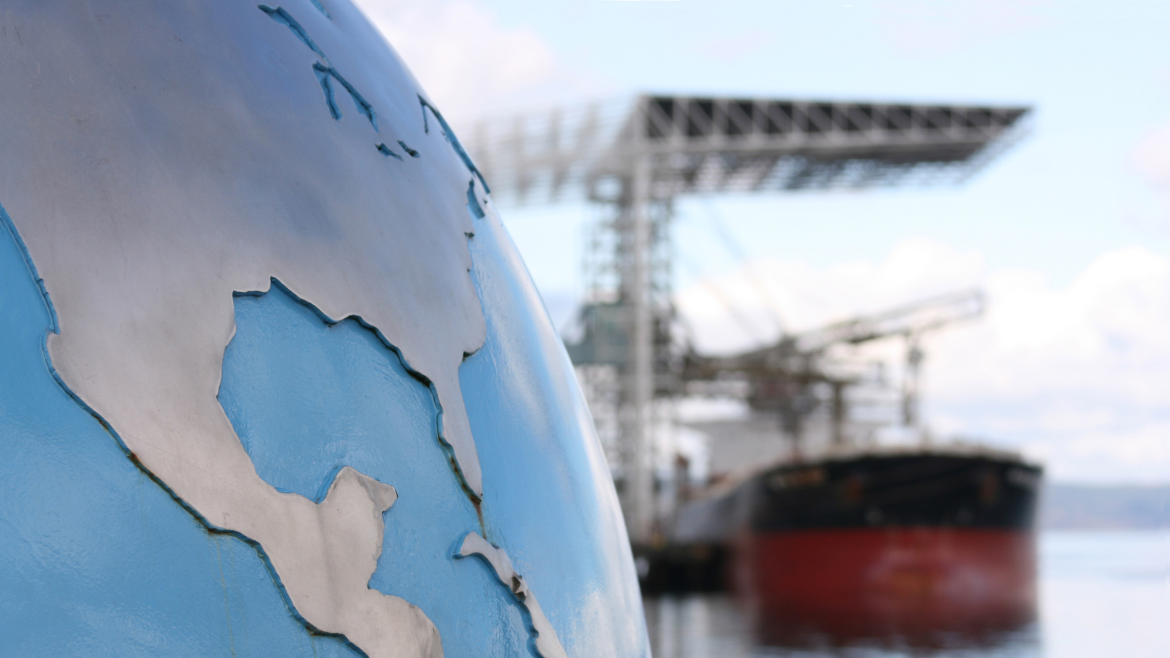
The recent wave of tariffs, including a 25% increase on imports from Canada and Mexico and escalating trade measures with China, has left many small- and medium-sized businesses (SMBs) in a challenging position.
For those that rely on importing or exporting raw materials, components, or finished goods, the uncertainty surrounding these changes can feel overwhelming. Rising costs, unexpected spikes in expenses, and the ripple effects of retaliatory actions from other countries are creating real stress for businesses like yours.
You may already be grappling with tough decisions. Do you pass these added costs onto your customers, risking competitiveness? Or absorb them and strain your own margins? For many, neither option feels sustainable. But there are steps you can take to regain some control and better withstand the shifting trade landscape.
In collaboration with HLB, our global advisory and accounting network, and other international tax and transfer pricing experts across the United States, Mexico, Canada, China, and other jurisdictions, Rehmann’s international tax advisory team has developed a three-phased approach to help you assess the impact of — and adjust to — a new customs and tariff footprint.
This strategy is intended to help you make well-informed, proactive decisions for your company while ensuring compliance with relevant tax, transfer pricing, and trade rules as the situation evolves.
Phase 1: Global supply chain mapping
The first action any company should take when evaluating the potential effect of new tariffs is to ensure a thorough understanding of its own internal and external supply chains, its stakeholders, and processes. This process entails answering the following key questions, among others:
- Which internal and external stakeholders are involved in customs valuation, documentation, and compliance?
- What are my company’s import and export destinations, and how do those correspond to newly introduced worldwide tariff and trade measures?
- For all cross-border activity, who is the Importer of Record, the entity that is responsible for reporting and remitting the customs duties/tariffs?
- What legal and contractual arrangements (both third-party and intercompany) govern the terms of export/import?
- Are there differences in data sources for tracking customs and income taxes?
- Are alternative suppliers available, and if so, what are the operational and financial implications of changing source?
Phase 2: Evaluation of potential “levers”
Once you’ve thoroughly mapped your internal and external supply chains, stakeholders, and processes, the next step is to evaluate the potential levers at your disposal to modify and/or optimize your customs footprint. Examples of questions to answer in this phase include:
- What constraints do legal contracts place on my company’s ability to shift or reallocate tariff expense?
- For related-party imports, how do my company’s transfer pricing practices (e.g. entity/transaction characterization, relative functions, assets, risks, etc.) affect the appropriate allocation of tariff expense from an income tax perspective?’For related party imports, how does the transfer pricing method used for pricing intercompany product sales and purchases interact with customs valuation, if at all? Are downward adjustments eligible for customs refund in the jurisdiction(s) in question?
- How do industry and market forces (e.g., supplier/purchaser power) affect my company’s ability to pass on tariff expenses to customers?
- Do alternative sources/locations provide a more favorable customs/tariff footprint? For example, are free trade zones an option?
- What are the compliance and financial impacts of taking no action in terms of forward-looking planning?
Phase 3: Planning and implementation
Only after the mapping and evaluation in Phases 1 and 2 are complete should you begin the process of planning changes to your company’s business and financial operating models.
Depending on the facts and circumstances, your strategies may include realignment or renegotiation of product and/or contractual flows, valuation planning (possibly in conjunction with changes to transfer pricing policies), and other measures intended to reduce the margin impact of tariffs.
Importantly, remember to continuously track national and jurisdictional policies. As evidenced by the recent actions of America’s executive administration, changes to these can be swift and disruptive. As long as retaliatory tariffs and further modifications continue to loom ahead, we recommend starting with more broad-based changes that can accommodate a range of scenarios and updating and then refining your approach as the outcomes of these policy changes stabilize.
How Rehmann Can Help
Rehmann’s advisors and global network of tax, transfer pricing, and international trade experts are ready to assist your company throughout each of these three phases. Because shifting customs and tariffs will impact each company differently, it’s important you work with an advisor who not only understands your business and sector but also can develop a bespoke strategy to meet your unique needs. Contact Rehmann today for a no-cost, no-risk consultation.
This article was published on HLB.com on April 3, 2025. To read it and any updates, click here.





